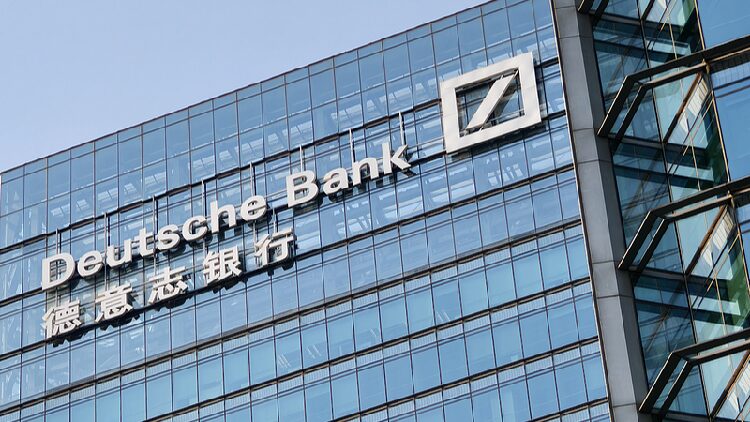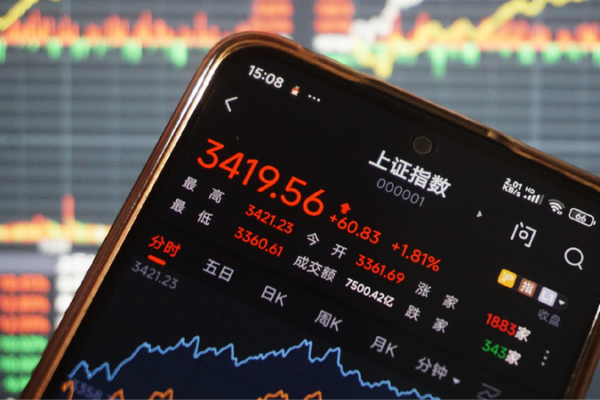Global investors may soon realize the untapped potential of Chinese stocks, according to Deutsche Bank’s latest analysis on China’s economy and market.
The report, released on Wednesday, has caught the attention of investors worldwide for its optimistic outlook and detailed examination of Chinese assets and technologies—perspectives that have become rare in Western discussions.
“Investors who like leading companies with moats cannot ignore this: it is Chinese companies, not the Western companies they see as economically superior, that have the widest and deepest moats today,” the report states.
Authored by Peter Milliken, Deutsche Bank’s Hong Kong-based analyst specializing in the Asia Pacific region, the report highlights the unique advantages China has gained, which have been largely overlooked amid negative media reports about the country’s so-called “economic slowdown.”
Chinese Companies’ Growing Competitiveness
When a Chinese company unveiled its large language model DeepSeek last year, Silicon Valley entrepreneurs called it a “Sputnik moment” for AI. Deutsche Bank goes even further, asserting that the competitiveness of Chinese companies, especially in high value-added sectors, can no longer be ignored.
“It is increasingly difficult to ignore the fact that Chinese companies are offering better value for money and often better quality in many manufacturing sectors and, increasingly, even in services,” the report notes.
China’s Economy Remains Strong
China’s economy has faced criticism in the West as it transitions from years of double-digit growth. However, official statistics show that the country’s GDP growth hit its target of 5 percent last year—a modest figure compared to its past but still surpassing the growth rates of major economies like the U.S., Japan, and the European Union.
“Despite a cyclical slowdown, China is still growing more than twice as fast as most developed markets,” Milliken emphasizes.
Comparisons between China’s current economic situation and Japan’s “lost decades” have surfaced, but the report suggests these comparisons may be unfounded. It notes that Beijing has adopted an economic path similar to those taken by developed economies like the United States, Singapore, and several European nations.
“Interestingly, during the 1980s—a period considered part of the Japanese Economic Miracle—the country’s GDP growth was roughly 4%,” Milliken points out. “By contrast, today’s anxiety about whether China’s economic growth is 4% or 5% and that it is ‘slow’ may evolve to seeing it as a ‘miracle’ in hindsight.”
“Unlike some other countries and regions struggling in the middle-income trap, China has become a global leader in manufacturing and an increasing number of service industries,” the report adds.
Unique Advantages Amid an Aging Population
Concerns about China’s aging population have fueled theories of an impending economic slowdown. However, Milliken identifies two unique advantages that could counteract these challenges.
First is China’s high level of automation, with about 70% of the world’s industrial robots installed in the country. This automation boosts productivity and increases per capita wealth.
Second is the Belt and Road Initiative, which connects China’s industrial capabilities with emerging markets around the world, from BRICS nations to ASEAN countries. These youthful markets could offset the effects of an aging population and support sustained economic growth, the report suggests.
Reference(s):
cgtn.com








